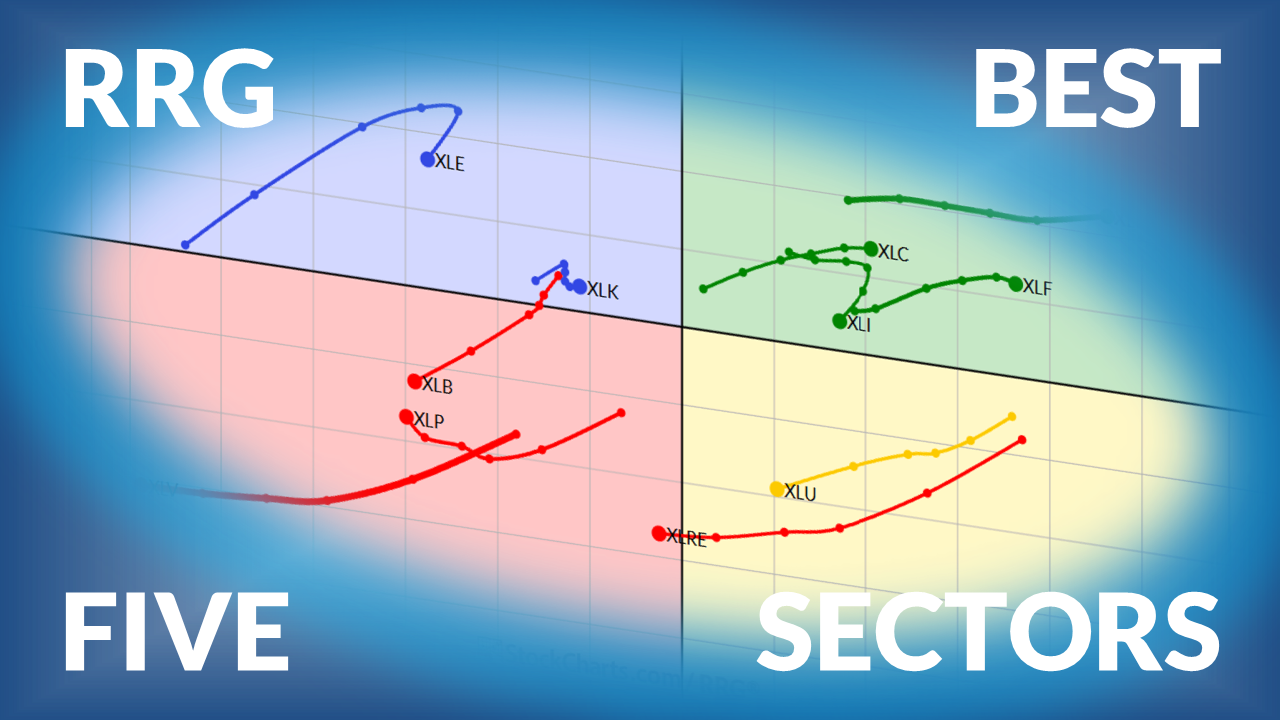OIL JUMPS ON OPEC CUT -- RISING OIL IS A THREAT TO MARKET -- ASIAN BUYING LINKS THE DOLLAR AND RATES
OIL JUMPS MORE THAN A DOLLAR... Today's surprise OPEC production cut pushed crude oil prices over a dollar higher. Crude is within a dollar of its recent high at $35. Energy stocks have been the strongest part of the stock market this week. I've said before that energy leadership isn't usually a good thing for stocks or the economy. Neither is rising oil prices. Charts 1 and 2 compare the direction of oil with the S&P 500. It's worth noting that the stock market advance that started in March (see bottom circle) coincided exactly with the oil peak after the start of the Iraq war (see top circle). If falling oil prices are good for stocks, rising oil prices aren't. The closer oil gets to $40, the more serious damage it can do

Chart 1

Chart 2
ENERGY AND STAPLE LEADERSHIP AREN'T GOOD... There's another warning sign associated with energy sector leadership. That's when it coincides with new leadership in consumer staples. That combination is usually a warning that the market is turning more defensive. Charts 3 and 4 plot the ETFs for the Energy and Consumer Select Sector SPDRS. Look at the relative strength lines along the bottom of each chart. Chart 3 shows that the energy/S&P 500 ratio turned up during December. Up to that point, the energy sector had been a 2003 laggard. The consumer staples/S&P 500 ratio line started to turn up in mid-January. That group was the worst performing sector during 2003. The upturn in staples is less pronounced than energy, but that may be because staples turn up after energy. Leadership by both is a caution sign.

Chart 3

Chart 4
DRUG STOCKS MAY BE BREAKING OUT... Drug stocks are another 2003 laggard that's been attracting new money early in the new year. The Pharmaceutical Index (DRG) has been in the process of challenging its summer high near 350. That may explain some profit-taking in drug stocks on Monday. Today, however, the DRG Index closed at a new 52-week high. I'd like to see a more convincing penetration of that resistance barrier. But it does look like the drug stocks are on the verge of establishing a new uptrend. This is also a sign of rotation to more defensive issues. Drug stocks (and biotechs) continue to boost the healthcare sector which is another early 2004 leader.

Chart 5
JANUARY EFFECT FOR MARKET GROUPS... The January Barometer states that "as January goes, so goes the year". The Stock Traders Almanac credits Sam Stovall with discovering that a January effect also exists for market sectors and industry groups. In other words, market groups that lead in January usually lead for the rest of the year. Sectorwise, three of the top January sectors were Consumer Staples, Energy, and Healthcare. Three of the top January industry groups were biotechs, drugs, and oil service stocks. That bodes well for those groups as the year unfolds.

Chart 6

Chart 7
THE LINK BETWEEN THE DOLLAR AND BONDS... After an early selloff today, the dollar stabilized. Long-term bond yields rose. There's an interesting link between the two markets that you should think about. The main factor keeping the dollar weak is low U.S. interest rates. At the same time, the weaker dollar may be keeping U.S. rates low. That's because of Asian central bank intervention. The Japanese have been buying huge amounts of dollars to keep the yen from rising too fast. They've been buying Treasuries with those dollars. That keeps bond prices firm, and yields low. The central banks of China, Taiwan, and South Korea have also been buying U.S. dollars and bonds to keep their currencies pegged to the greenback. That has the same effect of keeping U.S. rates low. Every time the dollar falls, the Asians buy more bonds. In that scenario, a weaker dollar is good for bonds. Firmer bond prices are bad for the dollar. Charts 8 and 9 show the Dollar Index and the 10-year T-note yield moving up and down together over the last month. That trend will probably continue as long as the Asians keep buying both.

Chart 8

Chart 9








